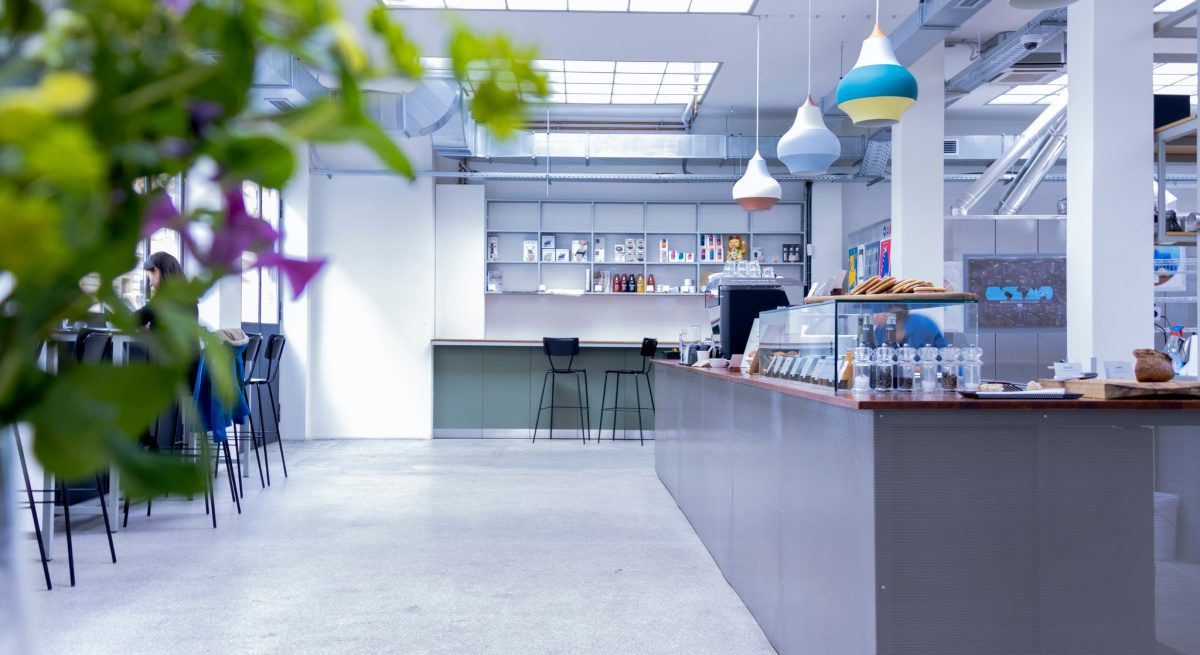How Subtle Decor Can Really Make Your Space Stand Out
4 Min Read By Mattea Vinco Da Sesso Perini and Alberto Capuzzo
Did you know that, on average, Americans spend 93 percent of their lives indoors? The statistic may come as a surprise, but it shows how important it is to prioritize interior design and pay attention to even the smallest details of a room.
A common misconception with interior design – especially for public spaces – is that more is best. How many restaurants have you been in that have art on every wall, clashing patterns, and a general busy aesthetic? Plenty, no doubt.
This all plays into the fact that humans experience their environment five ways: senses, time and movement, reasoning, emotions, and anticipation. When decorating a space then, these modes of processing have to be taken into consideration.
It’s all about balance – rather than overloading people’s perception of a space, subtlety can go a long way. In fact, subtle decor can help better convey a room’s purpose, its proportions, and facilitate the visual flow.
Let’s dive deep into how to execute subtle interior design to make the most of your space – with the least amount of clutter. But first things first, what does it actually mean for decor to be subtle?
How can I identify subtle decor?
Subtle decor is the ability to sum up an entire path of history, blurring the historic with the modern. The idea is not to be nostalgic, but rather to inject vitality into older trends. Whereas previously, objects served a practical function, with subtle decor, they have a more playful and soft value. In a society filled with mobiles and computers, subtle decor focuses on attracting attention away from screens and towards physical surroundings.
The difficult part is, at its core, subtle decor should not be noticeable. But having said that, people who have experienced subtle decor will likely want to recreate the design in their own home or place of work. In this sense, subtle decor is a feeling – and one that people often seek to replicate.
How can I create subtle decor?
First things first, be realistic about your design skills. Not everyone is blessed with good taste. If your specialization is in hospitality, you’re not expected to know what kind of lighting will improve the ambience of your restaurant. Just as you’d go to a dentist for advice about your teeth, you should hire an interior designer for advice about your business’ layout.
Plus, the interior design panorama is rapidly changing, meaning it’s becoming increasingly more affordable to hire an interior designer to support your projects. In fact, interior design jobs are expected to increase by around 13 percent within the next decade. The number of online interior design services are making the service more accessible than ever before, and the abundance of talent makes it easy to find someone best suited to your needs, for an appropriate budget.
You’ll probably notice that there’s an ongoing trend among designers to favor subtle decor. Once you’ve settled on someone, be honest about your expectations but also be open to their opinion. Listen to their tips (no matter how different to your current design they are) and embrace the idea that less can very much be more.
Are there universal rules that apply to subtle decor?
Great design has to be timeless. You want to ensure your space looks as amazing in 2030 as it does in 2020. Subtle decor promotes linear design and simple shapes – basic qualities that remain in fashion whatever the era.
Likewise, pure materials and neutral tones are timeless. For example, natural wood is a prime feature in subtle decor. Whether as a piece of furniture or used decoratively (a frame, coaster or base), wood incorporates nature into an enclosed space. Psychologically, wood also helps people with the transition from outside to inside, so can have a soothing effect. The wood has to be real though; imitation wood does not have the same impact.
To make sure your space stands out, keep an overall simple approach. And with furniture, mix old and new to tell a story. Combine strong iconic pieces like a table, sideboard or armchair alongside modern brands. This blending tells visitors that each item has been chosen with purpose and reassures them that the environment has been tailormade.
But remember not to be charmed by lost cost pieces – the reality is, it normally means low quality that can compromise your overall aesthetic.
Why is subtle decor more striking than busy decor?
The answer is, of course, linked to personal taste. However, fine interior design can evoke strong feelings without being overwhelming. In an age of technology and on-demand services, subtle decor is a refreshing reminder to live stress-free. An uncluttered, open space that incorporates natural lighting, plants, and neatly-arranged items is sure to induce feelings of calm.
In general, people take only seven seconds to be impressed by a space the first time they see it. Similarly, we need only seven seconds to feel completely relaxed in a space we’re already familiar with. The timeframe within which people react and engage with a location is short – so making a quick, positive first impression is crucial.
At first sight, subtle design invites people to explore the space, and to appreciate the openness that gives them the opportunity to take a breath, enjoy some calm, and let it all sink in. Busy decor, on the other hand, demands attention towards multiple visual cues at once, which can leave people feeling overwhelmed, distracted, or confused.
Does subtle decor give an aesthetic advantage?
In the age of minimalism, subtle decor has become a popular choice for interior design. People are striving to clear their lives and minds, and this is reflected in the spaces they spend their time. Especially in restaurants, where visitors want to feel nourished, social, and happy, subtle decor can transmit feelings of being secure and attended to. Not to mention, subtle decor can give your spot a clear advantage over restaurant designs which spark feelings of stress.
Hiring an interior designer will certainly help with the process of implementing subtle decor, as well as guide you toward smart, subtle decisions. While the execution may take time and patience, the results are undoubtedly worth the journey.


